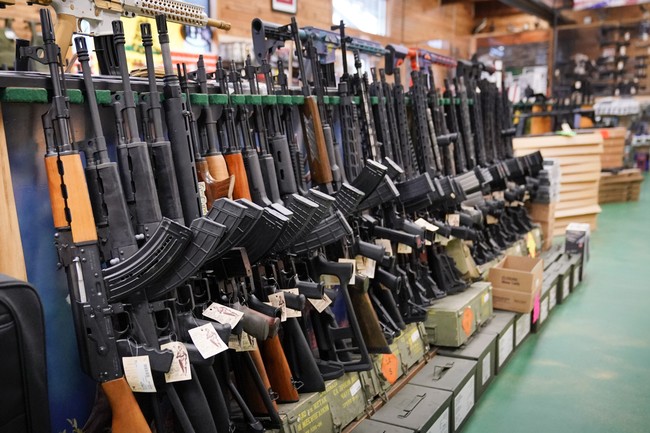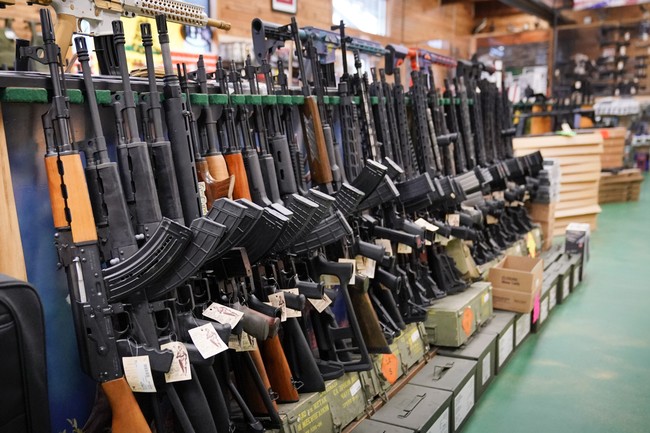Share this @internewscast.com

Many politicians, particularly those on the left, often adhere to a somewhat misguided approach when dealing with policy issues. Their decision-making, especially after a significant incident, typically follows this pattern:
(Event) We have to do something! This is something. Let’s do this!
This approach is most evident in the case of “assault weapons” bans, where once again, lawmakers who lack knowledge about firearms draft legislation driven by emotion and misunderstanding instead of relying on factual information. The most recent instance? Rhode Island.
On Friday, Rhode Island’s Democratic-majority state House passed a bill aimed at prohibiting the sale and production of various semiautomatic rifles commonly labeled as assault weapons.
The proposal now heads to the desk of Democratic Gov. Dan McKee, who has said he supports assault weapons bans. If the bill is signed into law, Rhode Island will join 10 states that have some sort of prohibition on high-powered firearms that were once banned nationwide and are now largely the weapon of choice among those responsible for most of the country’s devastating mass shootings.
Gun control advocates have been pushing for an assault weapons ban in Rhode Island for more than a decade. However, despite being a Democratic stronghold, lawmakers throughout the country’s smallest state have long quibbled over the necessity and legality of such proposals.
Here’s what this reporting gets wrong:
…states that have some sort of prohibition on high-powered firearms that were once banned nationwide…
These are not high-powered firearms. The round most commonly used in the AR-15 pattern rifles, the 5.56mm NATO, has as its civilian counterpart the .223 Remington, a .22 caliber cartridge considered a good round for prairie dogs, woodchucks, foxes, and coyotes. Its use for hunting animals like deer is proscribed in many states because it’s not considered powerful enough to ensure a clean, humane kill. The Russian 7.62x39mm round used in the AK-series weapons is more or less the equivalent of the modest .30-30.
These are facts.
As for “once banned nationwide,” none of these rifles were ever banned nationwide. Not for a few years, not for a few days, not for a few minutes. Certain cosmetic features were banned, like separate pistol grips, flash hiders (flash hiders actually do have some effect, but not what the gun-banners think they do), and bayonet lugs. That’s right, bayonet lugs were banned by the 1994 “assault weapons” ban, presumably to deal with the outbreak of criminals robbing good citizens at bayonet-point. Yes, that is sarcasm. The AR-15 and AK pattern rifles were manufactured throughout the ban, functionally unchanged, minus those cosmetic features.
As far as the state’s lawmakers quibbling, the quibblers are quite correct; these laws are not necessary and are unconstitutional.

















